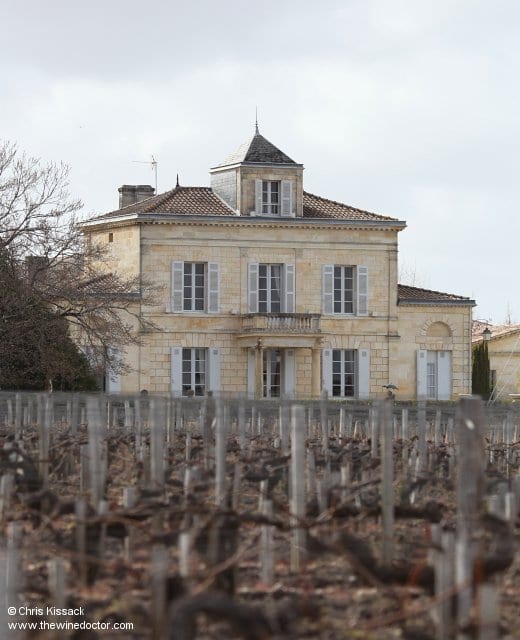Bordeaux 2008 Primeurs: St Estèphe, Pauillac & St Julien
My St Estèphe tastings began with Montrose and then Cos d’Estournel in quick succession on Tuesday morning, with other wines picked up at other châteaux. Montrose was a little hard and less giving than Cos, the former showing lots of backward structure with less flesh, whereas the latter was richly endowed with a flattering, creamy texture, and no doubt a yield of just 27 hl/ha had something to do with that. Do these findings merely reflect stylistic differences between the estates, the difference between Jean Delmas, once of Haut-Brion, and Jean-Guillaume Prats, or is at a reliable mark of quality and ageing potential? I do not know for sure; what I do know is that on the day I much preferred the Cos d’Estournel. This will be music to the ears of Prats, who has spent an undisclosed but no doubt gigantic sum on his cellar refurbishment, complete with dozens of new laser-welded steel fermentation vats, a cooling tunnel for reducing the fruit temperature prior to fermentation, and four gigantic lifts for lower and raising entire vats of wine, so that vat-to-vat transfer can be achieved entirely by gravity. These new developments will not only aid quality at Cos but will no doubt have other effects; financed with a loan repayable over twelve years, I am sure the price of the wine will reflect this investment for many years to come.
As for the remaining St Estèphe properties after the two second growths, few really impressed. My favourite out of all was Les Ormes de Pez, which showed very nicely even up against the likes of Lafon-Rochet. After visiting Cos and Montrose there came Latour, Lafite and Pichon-Lalande in fairly quick succession. Each was of fine quality, the majestic Latour a certain candidate for unfinished barrel sample of the vintage, whereas Lafite was more seductive, more wily. Pichon was also divine, and just missed out on a placement in my favourite dozen. Looking beyond at the rest of the appellation, there were some successes, most notably at Pontet Canet and Pichon-Baron, although Duhart-Milon is perhaps worthy of specific mention. In St Julien, meanwhile, there was much more consistency of quality. The wines on the whole have a vibrant, crystalline style of fruit and are led without doubt by Léoville-Las-Cases, where we stopped off between Latour and Pichon-Lalande, although both other Léovilles also showed very nicely, as indeed did the other cru classé wines, from Beychevelle through to Talbot.

